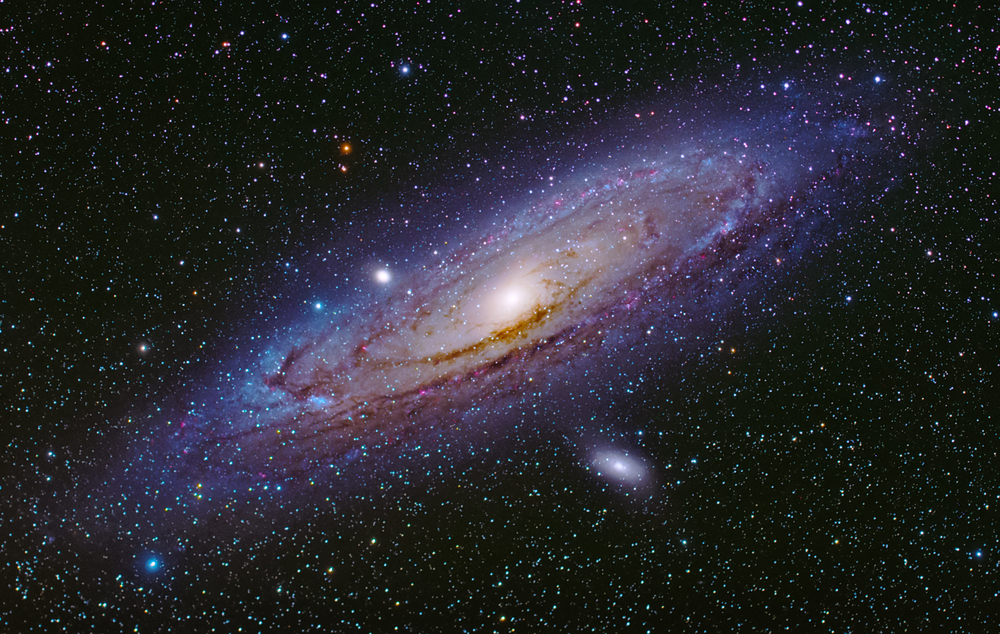The rotation speed of stars in regions far from the center of our Galaxy turned out to be less than previously thought. This is evidenced by data from the Gaia Space Telescope. This also means that there is less dark matter in the center of the Milky Way than previously thought.

Too slow stars
Physicists from the University of Massachusetts have published a study, according to which there should be less dark matter in the center of the Milky Way than previously thought. They made this conclusion based on the fact that the stars at the edge of the galactic disk are moving slower than expected.
The study is based on data from Gaia and APOGEE programs. The first of them is research carried out using the space telescope of the same name. It is an astrometric instrument, that is, it records the position, brightness and some other characteristics of hundreds of millions of luminaries.
Scientists studied Gaia data on about 33 thousand luminaries at the edge of the galactic disk and supplemented them with data from APOGEE. It is a ground-based astrometric project. Based on them, they built a graph of the dependence of the rotation speed of the star on its distance from the center. It was expected that it would represent perfect straight lines.
However, in reality it turned out to be almost straight with a slight downward dip at the end. This is evidence that the stars at the edges of the Galaxy rotate quite slowly. This means that there is less invisible matter in it than previously thought.
How is dark matter related to stars
For the first time, American astronomer Vera Rubin noticed something wrong with the rotation of galaxies back in the 1970s. The nature of the rotation of these systems should have been completely determined by mutual gravitational influences. However, it was not possible to reproduce the observed on the basis of data on already known objects.
That’s when scientists came to the idea that there must be something else in the Galaxy that we didn’t see. And they remembered dark matter, the idea of which had been put forward several decades before. It does not interact in any way with the rest of matter, except for gravity, so we do not see it.
But in the composition of galaxies, it should be and focus precisely near the core. Previously, its presence was confirmed on the basis of another large measurement of the velocities of stars. However, it covered only the luminaries located no further than 25 thousand years from the center.
Now, scientists have obtained a complete curve and are convinced that the speed at the edge of the disk is still falling. This means that there is dark matter in the center of the Milky Way, but not much of it. This result is no exception, because many other galaxies have the same thing.
According to phys.org
Follow us on Twitter to get the most interesting space news in time
https://twitter.com/ust_magazin


